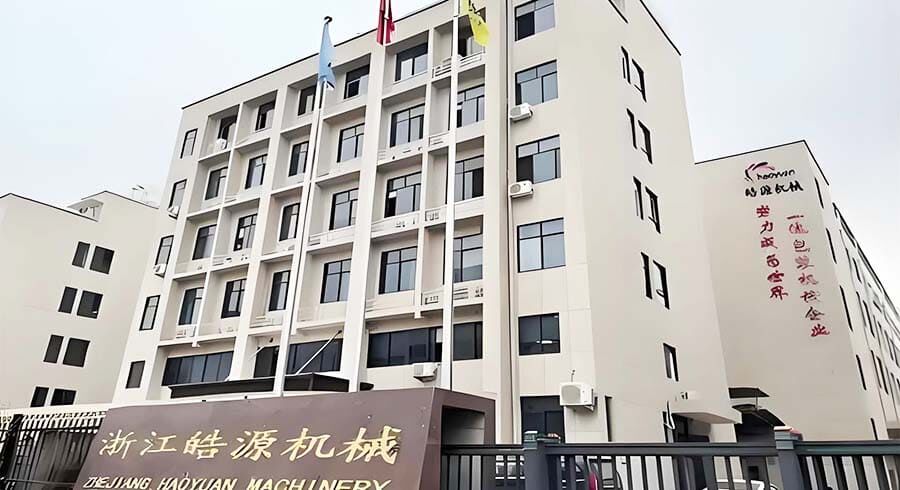
باتعتبر آلة تغليف الصناديق من المعدات الأساسية في تلقائية التغليف الحديث، ومع تغير السلسلة الصناعية العالمية، تتوسع آفاق تطبيق هذه الآلة. وبدفع من النمو الهائل في التجارة الإلكترونية (ومن المتوقع أن يتجاوز السوق العالمي 7 تريليون دولار أمريكي بحلول عام 2025)، فرضت متطلبات المعالجة الكبيرة للطرود تحسينات في قطاع اللوجستيات، حيث دخلت آلات التغليف عالية السرعة التي تصل كفاءتها التشغيلية إلى 30-60 صندوقاً في الدقيقة مرحلة جديدة تماماً من إعادة تشكيل نموذج التخزين التقليدي، خاصة من حيث التكيف مع الصناديق متعددة المواصفات والموثوقية في التغليف، مما خفض بشكل كبير معدل تلف البضائع أثناء النقل. وهكذا، أصبحت هذه الآلات البنية التحتية القياسية للمنصات الإلكترونية وشركات الخدمات اللوجستية الخارجية.
في سيناريو التصنيع، تطورت آلة الختم من جهاز مستقل إلى مكون رئيسي في خط الإنتاج الذكي. تعتمد صناعات الأغذية والمشروبات والأدوية ومناطق أخرى ذات لوائح صارمة على تصميمها الجرثومي المغلق لتلبية معايير شهادة GMP؛ بينما تحقق صناعات الإلكترونيات الاستهلاكية وقطع غيار السيارات التكامل السلس في نهاية خط الإنتاج لتحسين الدورة الزمنية للإنتاج. وفي سياق الحياد الكربوني، يمكن للمعدات أن تعمل مع الصناديق المعاد تدويرها والتقدم التكنولوجي في الشريط الصديق للبيئة، مما يجعل آلة الختم حاملًا ماديًا لتطبيق المؤسسات لاستراتيجية ESG، حيث يساهم قطع الشريط بدقة في تقليل هدر المواد الاستهلاكية بنسبة تتراوح بين 15% إلى 30%.
أدت النقص الحالي في العمالة على مستوى العالم والتكاليف المرتفعة إلى ظهور نافذة فرصة لاستبدال العمالة بال automatization، وسرّعت آلة الإغلاق من انتشارها بفضل عائد استثمار يمكن التحقق منه خلال 12 شهراً: حيث يمكن لوحدة واحدة من المعدات أن تحل محل 2-3 عمال وتلغي عيوب التعبئة الناتجة عن التعب. من الجدير بالذكر أن سيناريوهات الاستخدام الجديدة مثل اللوجستيات العكسية (المعالجة ما يصل إلى 30% من عمليات إرجاع التجارة الإلكترونية)، والسلسلة الباردة الصيدلانية (حماية نقل العوامل البيولوجية بدرجة حرارة ثابتة)، والمراكز الصغيرة للتخزين (المعدة لتلبية طلبات الشراء الجماعي في المجتمع بشكل سريع جداً) وغيرها من القطاعات، تشكّل سوقاً إضافياً بعشرات المليارات.
وبحسب التوقعات الصناعية، فإن قطاع أتمتة التعبئة الصناعية سيسجل معدل نمو سنوي مركب يزيد عن 7% حتى عام 2030، ومن بينه أصبحت السلع الغذائية والمشروبات والأدوية والتجارة الإلكترونية عبر الحدود الأقطاب الأساسية للنمو، كما ستواصل التقنيات الابتكارية مثل الإنتاج المرناً وعمليات التشغيل والصيانة عن بُعد عبر الإنترنت توسيع حدود قيمة آلات الختم. وفي العقد القادم، ستصبح القدرة على نشر حلول الختم الآلية بكفاءة نقطة محورية في سباق تعزيز متانة سلسلة الإمداد.
